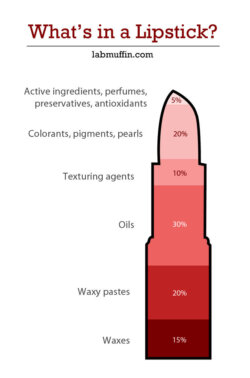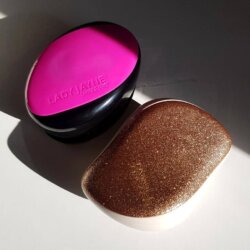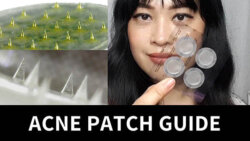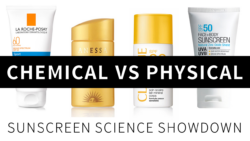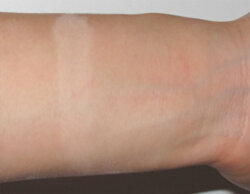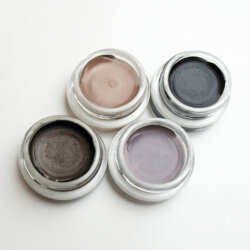Ultimate Vitamin C Skincare Guide Part 1: Ascorbic Acid
Vitamin C is one of the most commonly raved about ingredients in skincare, with lots of evidence to back up its effects. But it’s also one of the most confusing. There are just so many different vitamin C ingredients and product types, and this is before you even get to all the different products you can buy! So this is …

